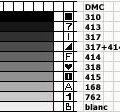Photo of Vitaliy Nefedov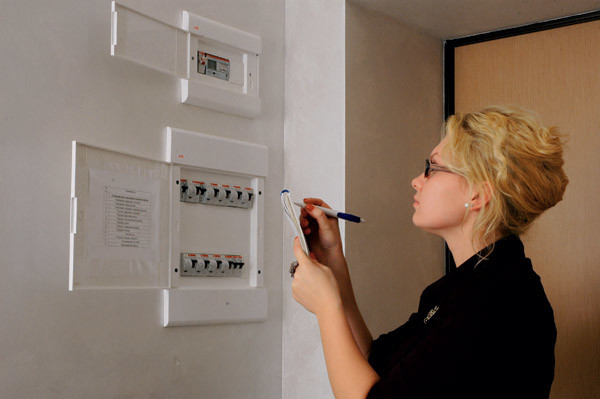 Household electricity meters The bulkThe household electricity meters currently in use were manufactured and installed back in Soviet times. These are small black devices in a plastic case with a window for reading the readings. The devices are located in the floor panel if the building is multi-apartment, or in the living space if it is separate. The meters operate on the induction principle: the current rotates the movable element (disk) at a speed proportional to its power. In this case, 625 revolutions correspond to one kilowatt per hour. So, many meters have worked for 50 years or more. An impressive period, nothing to say. Therefore, it is time to pay tribute to them and send them into retirement. Induction meters have long been outdated and are in many ways inferior to modern electronic metering devices that operate on the basis of microprocessors. We will tell you about the advantages of the "young guard".
Household electricity meters The bulkThe household electricity meters currently in use were manufactured and installed back in Soviet times. These are small black devices in a plastic case with a window for reading the readings. The devices are located in the floor panel if the building is multi-apartment, or in the living space if it is separate. The meters operate on the induction principle: the current rotates the movable element (disk) at a speed proportional to its power. In this case, 625 revolutions correspond to one kilowatt per hour. So, many meters have worked for 50 years or more. An impressive period, nothing to say. Therefore, it is time to pay tribute to them and send them into retirement. Induction meters have long been outdated and are in many ways inferior to modern electronic metering devices that operate on the basis of microprocessors. We will tell you about the advantages of the "young guard".
Decent change
The replacement or transfer of the meter must be done in advancecoordinate with the local energy supply organization. Otherwise, you face a serious penalty. First of all, new meters are characterized by a higher accuracy class. For household models, this figure is usually 1 or 2, while for old disk devices it barely reaches 2.5. Moreover, over time, the error of any devices increases. So, with a certain frequency (8-2013;16 years) they need to be tested and, if a malfunction is detected, repaired or replaced. This is required by regulatory documents. However, in practice, many devices do not undergo such checks during their entire service life, which is why their error significantly exceeds the permissible value. But this is only to the end user's advantage, because old disk devices understate the actual figures.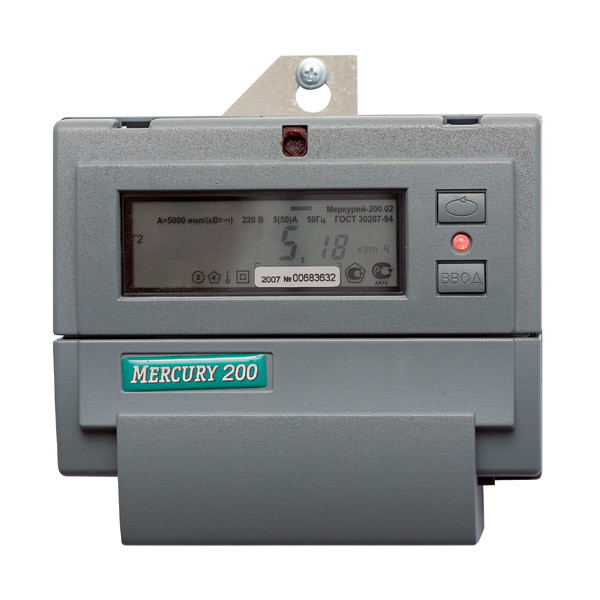
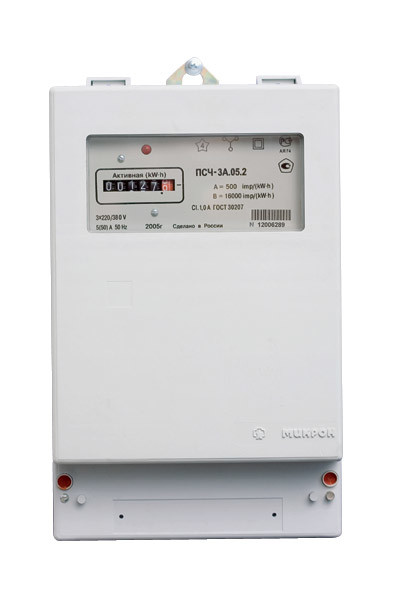
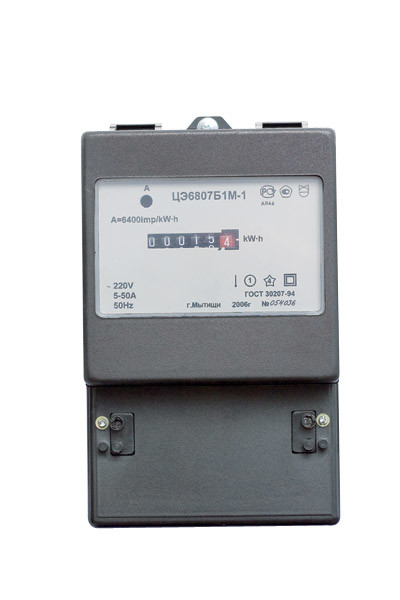
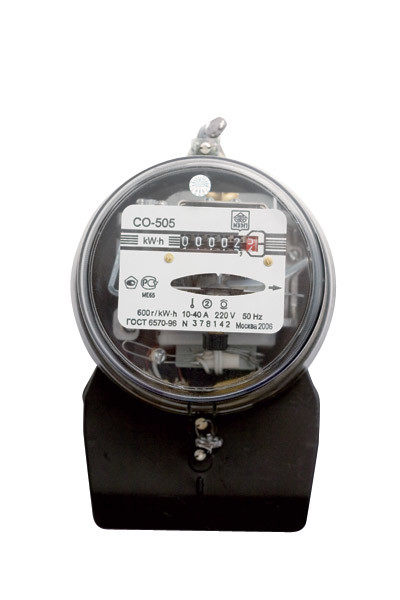
Together with the accuracy of metering devicestheir protection from outside influences has increased. Over the long decades, folk craftsmen have invented many ways to "cheat" an induction meter. For example, they have adapted to mechanically slow down the rotation of the disk or to let it go in the opposite direction by changing the connection of the phase and neutral wires. So, all these tricks, which consist of directly influencing the device's circuit, do not work with electronic models.
Learning to save money
Due to rising energy prices and growthenergy consumption, electricity is constantly becoming more expensive, which forces us to approach its consumption more wisely. The points considered earlier are certainly informative. But increasing the accuracy class of electricity metering devices is beneficial, first of all, to the energy supply organization (ESO). What is in the consumer's interest? It turns out that some models of electronic meters have a function for supporting differentiated tariffs. Moreover, this is one of those rare cases when both end consumers and energy companies benefit from the innovation. The former get an additional opportunity to save money, which is important given the constantly rising prices for electricity, while the latter significantly reduce costs.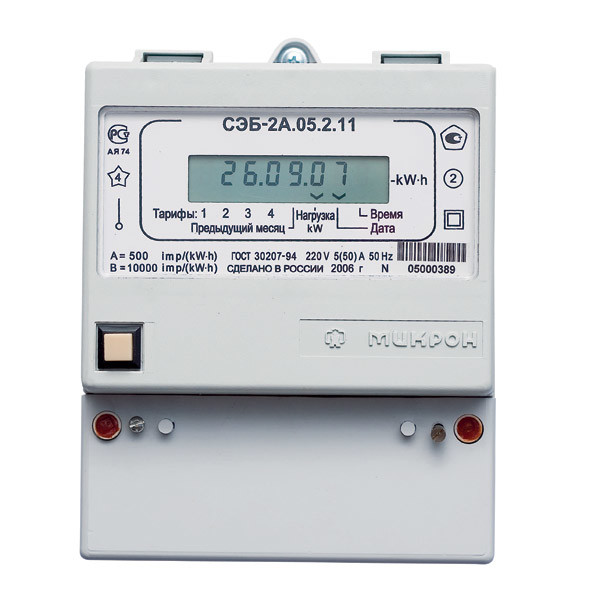
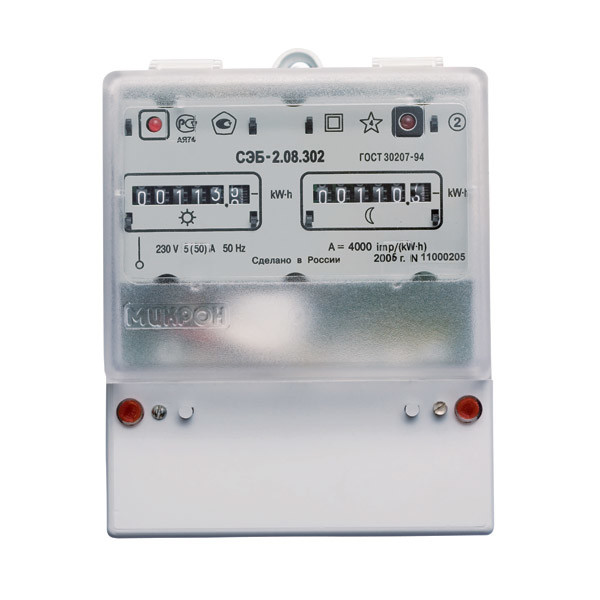
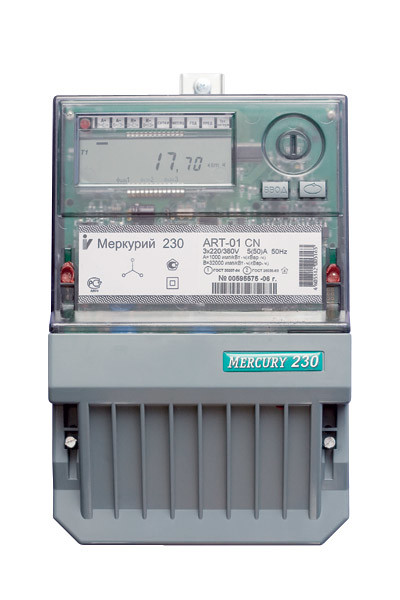
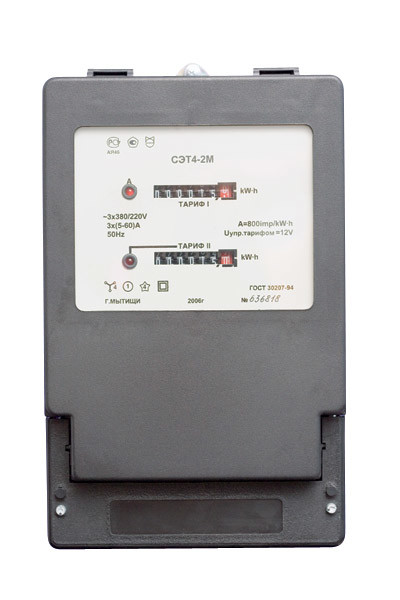
What is the need for differentiation?tariffs? The point is that the load on the network changes depending on the time of day, day of the week and season. If we talk about daily fluctuations, then the peaks of household consumption occur in the morning and evening hours. At this time, in order to provide the necessary capacity, the power supply system has to use more expensive energy sources. But at night, power plants realize only a small fraction of their capabilities. If we introduce a low rate for this time, people will have an incentive to use household appliances more wisely and switch some of them to night mode. As a result, it is possible to reduce the gap between the maximum and minimum load on the network. Incidentally, such a system is by no means a domestic discovery. A similar method of energy consumption has long been practiced in many European countries, where electricity tariffs are quite high. Currently, it is possible to switch to differentiated calculation in most regions of Russia (we will tell you how to do this below). Tariff scales vary for different regions, so to find out how things are in your area, you need to contact your local ESO branch. Note that some multi-tariff meters are capable of switching between rates not only by time of day, but also by days of the week. Multi-tariff calculation in Moscow and St. Petersburg Currently, in Moscow and St. Petersburg there is a two-tariff calculation system with division into day and night zones: 7.00–23.00 and 23.00–7.00, respectively. At the same time, the cost of “daytime” electricity is the same as the usual single-rate (for Moscow apartments with gas stoves - 2.08 rubles, with electric - 1.47 rubles), while “nighttime” is about four times cheaper in Moscow and half as much in St. Petersburg. In the Moscow region, there is an additional option that involves dividing the day into three zones: night (23.00-7.00), peak (8.00-11.00 and 18.00-21.00) and semi-peak (remaining hours). It is likely that similar schemes will soon appear in both capitals. Differentiated calculation in any case reduces electricity costs, and with a reasonable approach, significant savings can be achieved.
Nice little things
Nowadays, not the least important role is played byand design of the meter. It is especially important how the device looks if it is installed within the apartment. The unpresentable appearance of a disk device is unlikely to satisfy an esthete. Fortunately, this point is now taken into account when developing household meters, so that among them you can find nice and, as they say, ergonomic examples. In modern devices, the measurement results are stored in non-volatile memory. Usually they are displayed on a liquid crystal screen. There is also a classic mechanism based on rotating drums with numbers. For some models of electronic meters, remote reading can be organized. In this case, the necessary data is automatically sent to the centralized control panel of the ESO via a wired or wireless communication channel. In this case, the subscriber does not need to contact the metering device at all, it is enough to just pay the monthly bills received. Beware of fraud! With the growing popularity of the multi-tariff electricity metering system, scammers have appeared offering their services to replace the meter. Try not to fall into their trap. However, it can be difficult for an uninformed person to recognize them - often former electricians who are qualified enough to carry out competent installation of a new device take this "crooked path". But to transfer a subscriber from one tariff to another, in addition to installing a new meter, it is necessary to make changes to the personal account. A third-party master is not able to do this. So, having resorted to his services to replace the device, you will officially still remain on the old billing system. Moreover, you will be subject to a serious fine for unauthorized actions with the meter. So how can you recognize scammers? First of all, employees of the energy supply organization have the appropriate ID with them. In addition, if you yourself did not apply for a replacement of the device, do not trust any “papers”. Another sure sign that distinguishes fraudsters: they offer to pay not by bank transfer (pay the receipt at the bank), but in cash on the spot. Finally, you can find out everything for sure by calling the branch of the energy supply organization.
Guide to action
What do you need to do to move on?to multi-tariff calculation? First, contact your local energy service and find out what services it offers. After choosing the appropriate option, you should submit an application to the energy saving organization. However, the subscriber himself pays for the services of transferring to the new calculation system. In principle, you can buy the device yourself, and entrust its installation to an organization with the appropriate license. However, in this case, it is necessary, firstly, to purchase a meter included in the list of places recommended for use by the energy supply organization, and secondly, it is imperative to obtain its consent to carry out work on replacing the device. In general, such actions with the meter as moving to a new location, replacement, repair, etc., must be agreed upon in advance with the ESO. If, during a regular check, it turns out that unauthorized manipulations were carried out with the device, as evidenced, for example, by torn seals or damage to the case, this will entail a change in the settlement procedure. And then it is not the readings of the device that will be taken into account, but the characteristics of all the equipment located in the apartment. Also keep in mind that the subscriber is responsible for the safety of the meter. Single-phase meters are usually designed for a maximum current of about 50 A, which corresponds to a load of about 11 kW. If the total power of electrical equipment in the house is too high, a three-phase power supply and an appropriate meter are required. This issue must also be resolved through the ESO. Mark Slonimsky, Deputy General Director of TsOPenergo Today, electricity prices are rising at a rateinflation. But there is one subtlety. The fact is that previously the tariffs for electricity took into account the so-called cross-subsidization, when industrial consumers covered part of the cost of electricity consumed by the population. This practice is gradually being eliminated. As a result, tariffs in the household sector are growing somewhat faster. According to forecasts, in the coming year they will increase by about 10%. One of the ways to reduce payments is the transition to a multi-tariff billing system. In Moscow, this issue is handled by TsOPenergo. Today, the complex of works on the transfer of a household subscriber to a multi-tariff billing system, including the cost of the meter, its installation and sealing, costs approximately 3 thousand rubles. Those who purchase a metering device on their own should remember that it must be included in the list recommended by JSC Mosenergosbyt. At present, the list includes both domestic and foreign models. However, foreign devices are not popular because they are much more expensive, and their quality is comparable to Russian products. Automated remote meter reading is not yet widespread in the household sector of Moscow. However, it is possible to connect a GSM module either to an individual meter or to a system that unites all apartment devices in a multi-story building. A pilot project has even been implemented to install such equipment in several residential buildings in the Donskoy District of Moscow. However, the development of this program has been suspended due to the unresolved issue of who will service the additional devices.
Today, electricity prices are rising at a rateinflation. But there is one subtlety. The fact is that previously the tariffs for electricity took into account the so-called cross-subsidization, when industrial consumers covered part of the cost of electricity consumed by the population. This practice is gradually being eliminated. As a result, tariffs in the household sector are growing somewhat faster. According to forecasts, in the coming year they will increase by about 10%. One of the ways to reduce payments is the transition to a multi-tariff billing system. In Moscow, this issue is handled by TsOPenergo. Today, the complex of works on the transfer of a household subscriber to a multi-tariff billing system, including the cost of the meter, its installation and sealing, costs approximately 3 thousand rubles. Those who purchase a metering device on their own should remember that it must be included in the list recommended by JSC Mosenergosbyt. At present, the list includes both domestic and foreign models. However, foreign devices are not popular because they are much more expensive, and their quality is comparable to Russian products. Automated remote meter reading is not yet widespread in the household sector of Moscow. However, it is possible to connect a GSM module either to an individual meter or to a system that unites all apartment devices in a multi-story building. A pilot project has even been implemented to install such equipment in several residential buildings in the Donskoy District of Moscow. However, the development of this program has been suspended due to the unresolved issue of who will service the additional devices.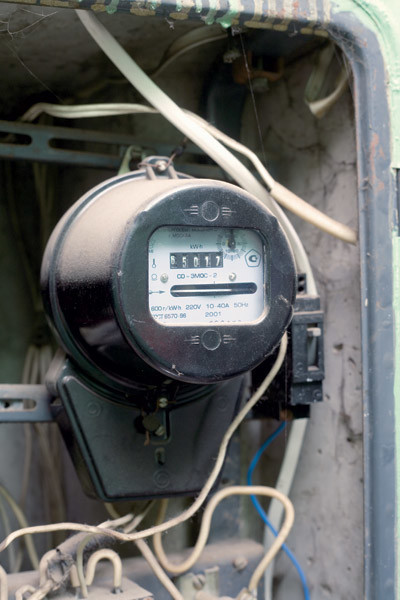
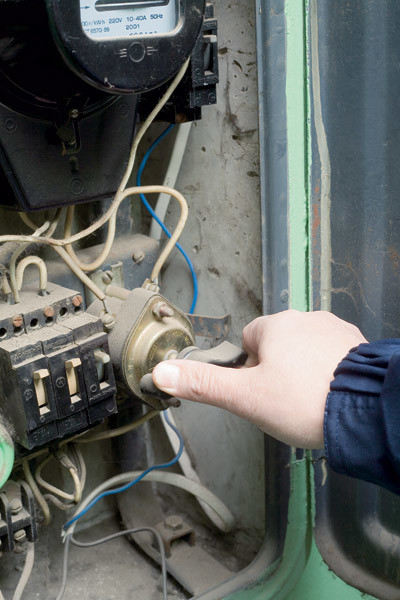
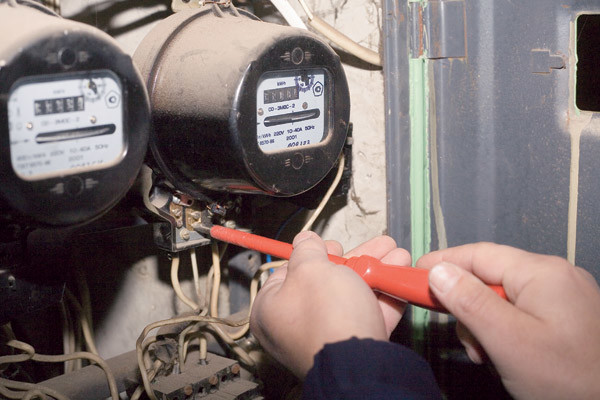
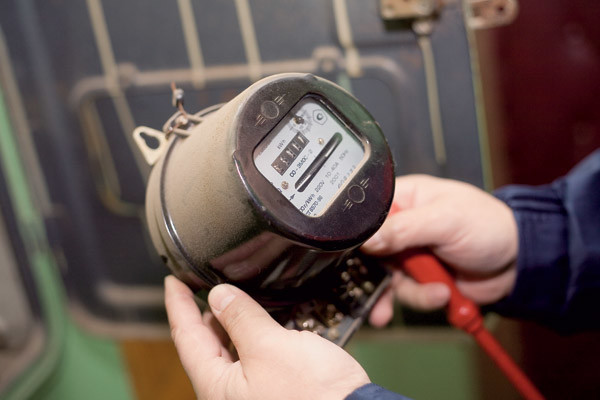
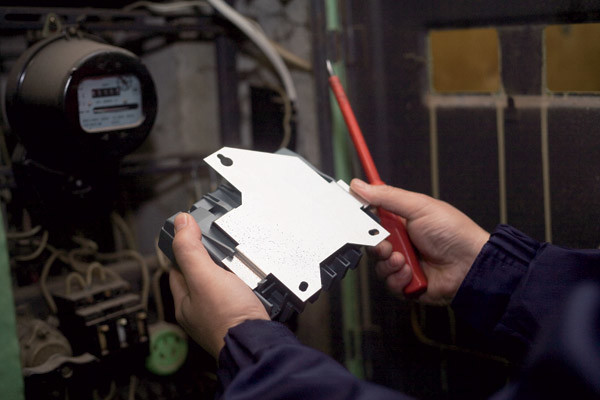
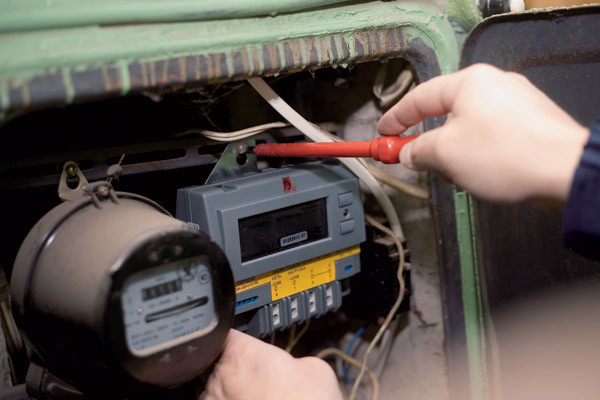
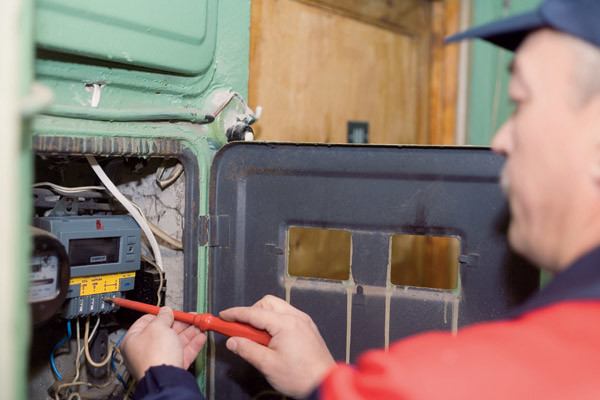
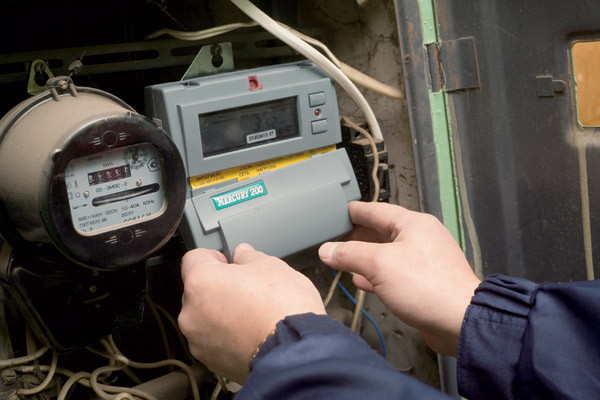
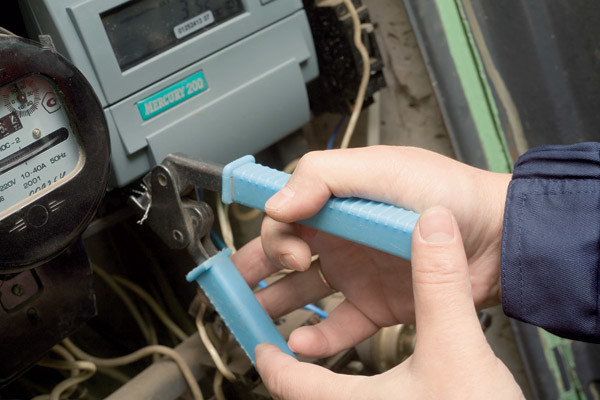
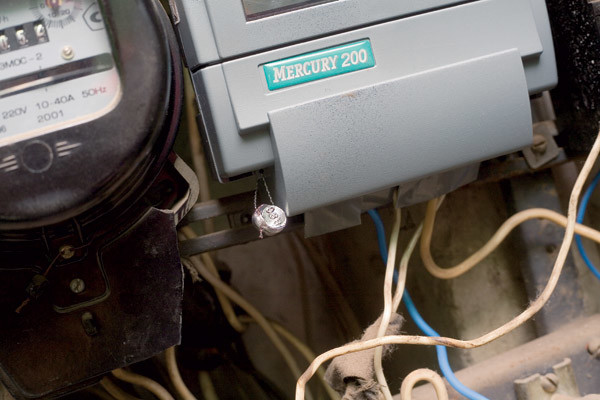
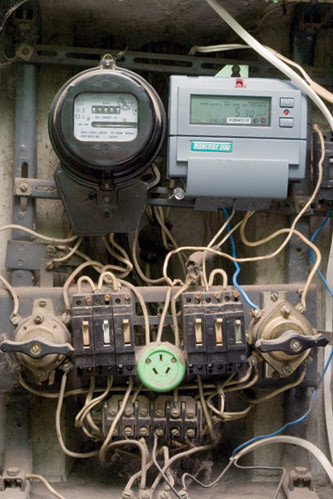
Some counters recommended forapplication in MoscowManufacturerModelTypeClass precision Quantity. tariffsMax. current, AReading outputOperating temp., °SPrice, rub.Single-phase«Inotex», Moscow«Mercury-200.02»Electron.2450LCD screen–20…+551120Plant im . Frunze, Nizhny NovgorodSEB-2A.05.2.11Elektron.2450LCD-screen–20…+551150SEB-2.08.302Elektron.2250Counting mechanism–40…+55650METZ, MytishchiCE6807B1M-1Elektron.1150Counting mechanism–40& #x2026;+60580MZEP, MoscowSO-505Induction.2140Counting mechanism–20…+55550Three-phase«Inoteks», Moscow«Mercury-230 ART-01CN»Elektron.1450LCD-screen–40…+552525METZ, MytishchiSET4-2MElectron.2260Counting mechanism–40…+601730Frunze Plant, Nizhny NovgorodPSCh-3A.05.2Elektron.1150Counting mechanism& #x2013;40…+551550The editors would like to thank the company «Tsopenergo» for the materials provided and assistance in preparing the article.









